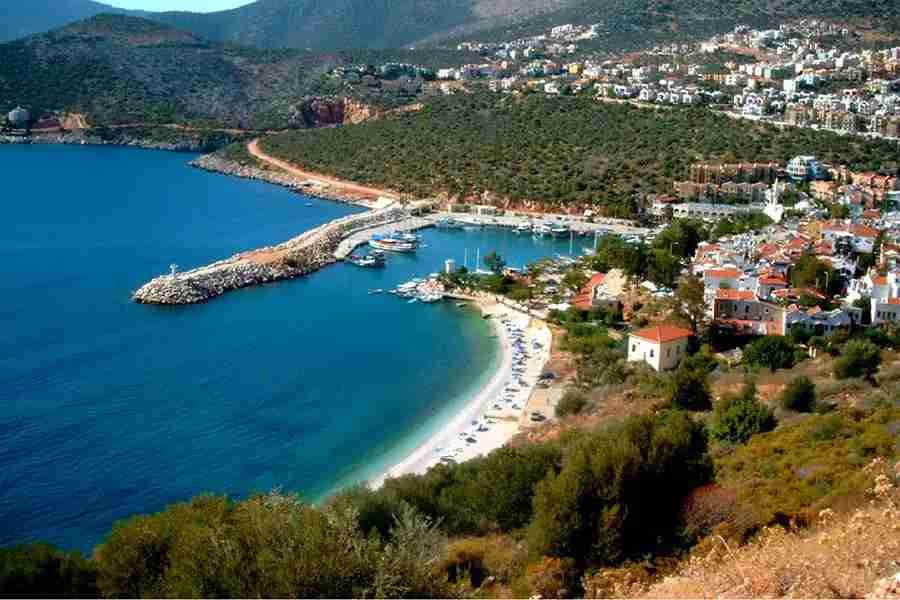Istanbul, a city where East meets West, is adorned with some of the most magnificent mosques in the world. These mosques not only serve as places of worship but also stand as architectural and historical landmarks that showcase the city's rich cultural heritage. This article unveils the spiritual splendor of Istanbul’s famous mosques, guiding you through their storied histories, unique designs, and cultural significance.
1. Hagia Sophia (Ayasofya):
Historical Significance:
From a cathedral to a mosque and now a museum, Hagia Sophia is a symbol of Istanbul's complex history and religious transformations. Built in 537 AD, it remains one of the most significant architectural achievements of the Byzantine Empire.
Architectural Highlights:
Admire the massive central dome, which appears to float above the vast interior space, and the striking mosaics that depict both Christian and Islamic artistry.
Visitor Tips:
Arrive early to avoid long lines, and consider hiring a guide to fully appreciate the intricate details and historical context.
2. Blue Mosque (Sultan Ahmed Mosque):
Historical Significance:
Sultan Ahmed I commissioned the Blue Mosque in the early 17th century to reassert Ottoman power and create a centerpiece for Istanbul. It remains an active mosque and a major tourist attraction.
Architectural Highlights:
The mosque's six minarets, cascading domes, and the vast prayer hall adorned with over 20,000 blue Iznik tiles create a breathtaking sight.
Visitor Tips:
Respect the mosque's status as a place of worship by wearing appropriate attire, and plan your visit around prayer times to ensure access to the interior.
3. Suleymaniye Mosque:
Historical Significance:
The Suleymaniye Mosque, built in the 16th century, is a testament to the grandeur of the Ottoman Empire and the architectural genius of Mimar Sinan. It remains one of Istanbul’s most significant landmarks.
Architectural Highlights:
The mosque's harmonious proportions, elegant minarets, and serene interior reflect Sinan's mastery. The surrounding complex includes schools, a library, and baths, embodying the Ottoman concept of külliye (a community of structures surrounding a mosque).
Visitor Tips:
Take time to stroll through the surrounding gardens for panoramic views of Istanbul, and visit the tombs of Suleiman the Magnificent and his wife Hürrem Sultan.
4. New Mosque (Yeni Cami):
Historical Significance:
Located at the heart of the historic Eminönü district, the New Mosque was completed in 1665 and has since remained a prominent feature of Istanbul’s skyline.
Architectural Highlights:
The mosque’s design includes a large courtyard, beautiful domes, and an elaborate interior adorned with Iznik tiles and calligraphy.
Visitor Tips:
Combine your visit with a trip to the adjacent Spice Bazaar, where you can explore local flavors and products.
5. Rüstem Pasha Mosque:
Historical Significance:
Commissioned by Rüstem Pasha, the Grand Vizier to Suleiman the Magnificent, and designed by Mimar Sinan, this 16th-century mosque is renowned for its artistic beauty.
Architectural Highlights:
The mosque is celebrated for its lavish use of blue and white Iznik tiles, which cover its walls, columns, and mihrab, creating an intimate and visually stunning space.
Visitor Tips:
The mosque can be accessed via a narrow staircase near the Spice Bazaar. Look out for the signs directing you to this hidden gem.
6. Ortaköy Mosque (Buyuk Mecidiye Camii):
Historical Significance:
Built in the mid-19th century during the reign of Sultan Abdülmecid, Ortaköy Mosque is a fine example of Ottoman Baroque architecture and a symbol of Istanbul’s cosmopolitan nature.
Architectural Highlights:
The mosque’s ornate baroque façade, large windows, and picturesque location by the Bosphorus make it one of Istanbul’s most scenic landmarks.
Visitor Tips:
Visit the mosque during the evening to capture stunning photos of its silhouette against the illuminated Bosphorus Bridge.
7. Fatih Mosque:
Historical Significance:
One of the most significant mosques in Istanbul, Fatih Mosque was built by Sultan Mehmed the Conqueror in the 15th century on the site of the ancient Church of the Holy Apostles.
Architectural Highlights:
The mosque complex includes multiple courtyards, minarets, and auxiliary buildings, representing the architectural transition from Byzantine to Ottoman styles.
Visitor Tips:
Explore the surrounding historic neighborhood of Fatih, which offers a glimpse into the daily life and vibrant culture of Istanbul.
Conclusion:
Istanbul's famous mosques are not only spiritual sanctuaries but also architectural masterpieces that reflect the city’s layered history and cultural richness. From the majestic Hagia Sophia and Blue Mosque to the intricate beauty of Rüstem Pasha and the serene charm of Ortaköy, these mosques offer a profound journey through Istanbul’s religious and artistic heritage. Plan your visit to these iconic mosques and immerse yourself in the spiritual splendor and architectural brilliance that define Istanbul.
.webp&w=3840&q=100)













